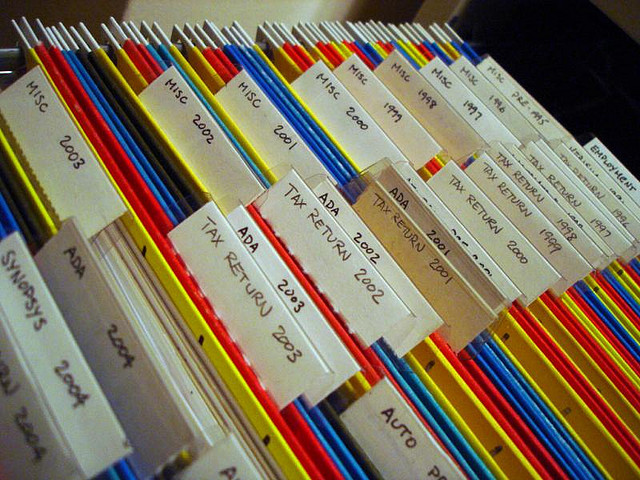Synctoy Automatic Backup
“Backing up is easy, the hard part is remembering to do it” – a wise man With that in mind this post shows you how to automatically backup your files on your windows computer. For information on backing up a linux computer checkout this post on rsync. Microsoft Synctoy There are no doubt scores of… Read More »



